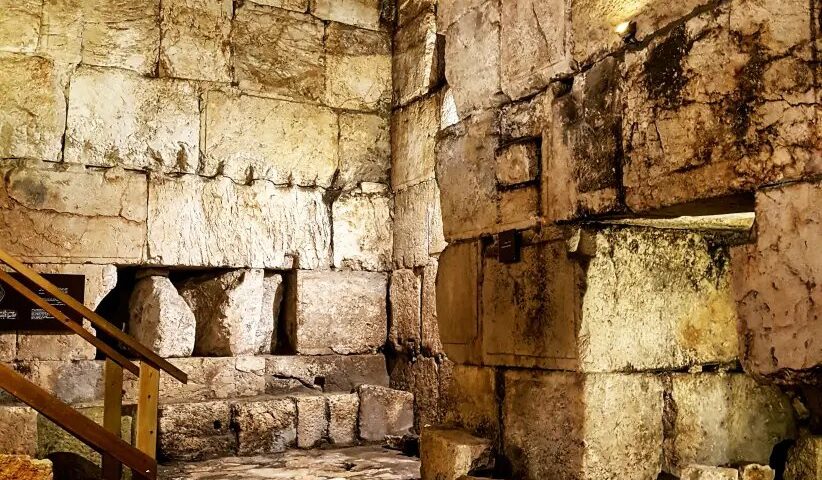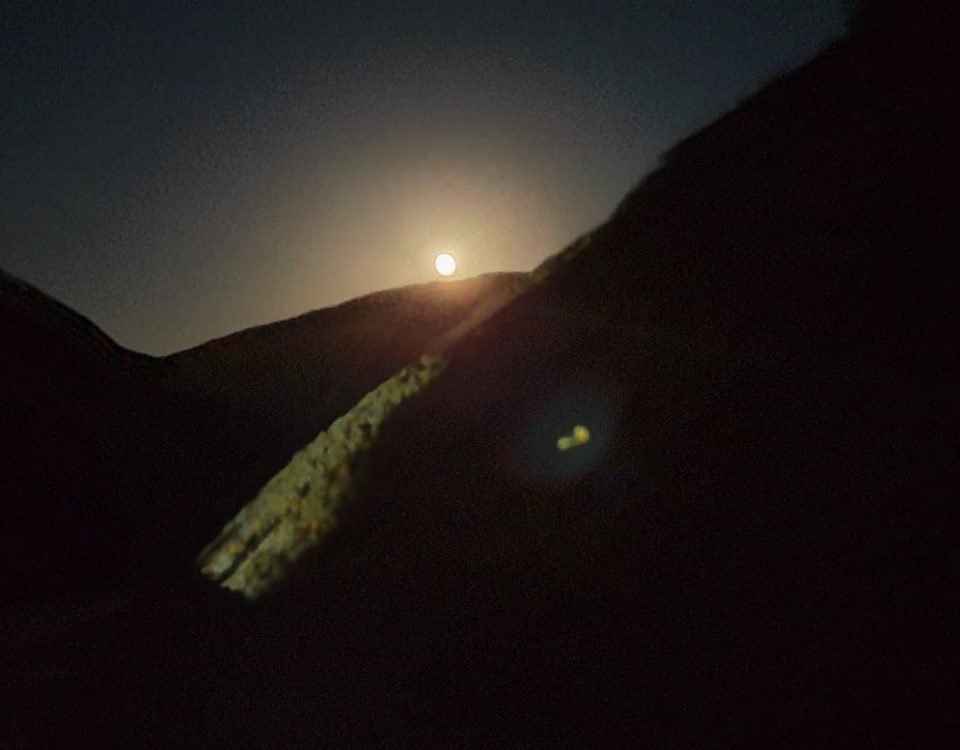The layers of time are clearly visible from the Roman gates arches to the stones used during the different periods of history. Until recently it was believed that the city under the Romans and Byzantines had been walled, but, as it turns out this is not the case.
Two towers on either side of the gate, which are still standing today was kept by the Ottomans when they built Damascus Gate in the 16th Century under Sultan Suleiman the Great.”
The magnificient gate still has the bases of two arches flanking its sides. It also has a Roman inscription on the top which states that this gate was the entrance to Aelia Capitolina, which was what Jerusalem was renamed following the suppressing of the Bar Kochba Revolt.
The central arch is some 40 meters wide while the gate itself is about 20 meters tall. It had been beautifully decorated with only remnants of this still visible today. It was here that anyone passing through the gate into the city, which was a paved road, would need to pay taxes to enter. The floor still has the original grooves carved into the stone to stop any chariots or wagons from slipping especially when they were wet.
This is just another piece of the Jewish people’s history in Jerusalem made available for the visitors





